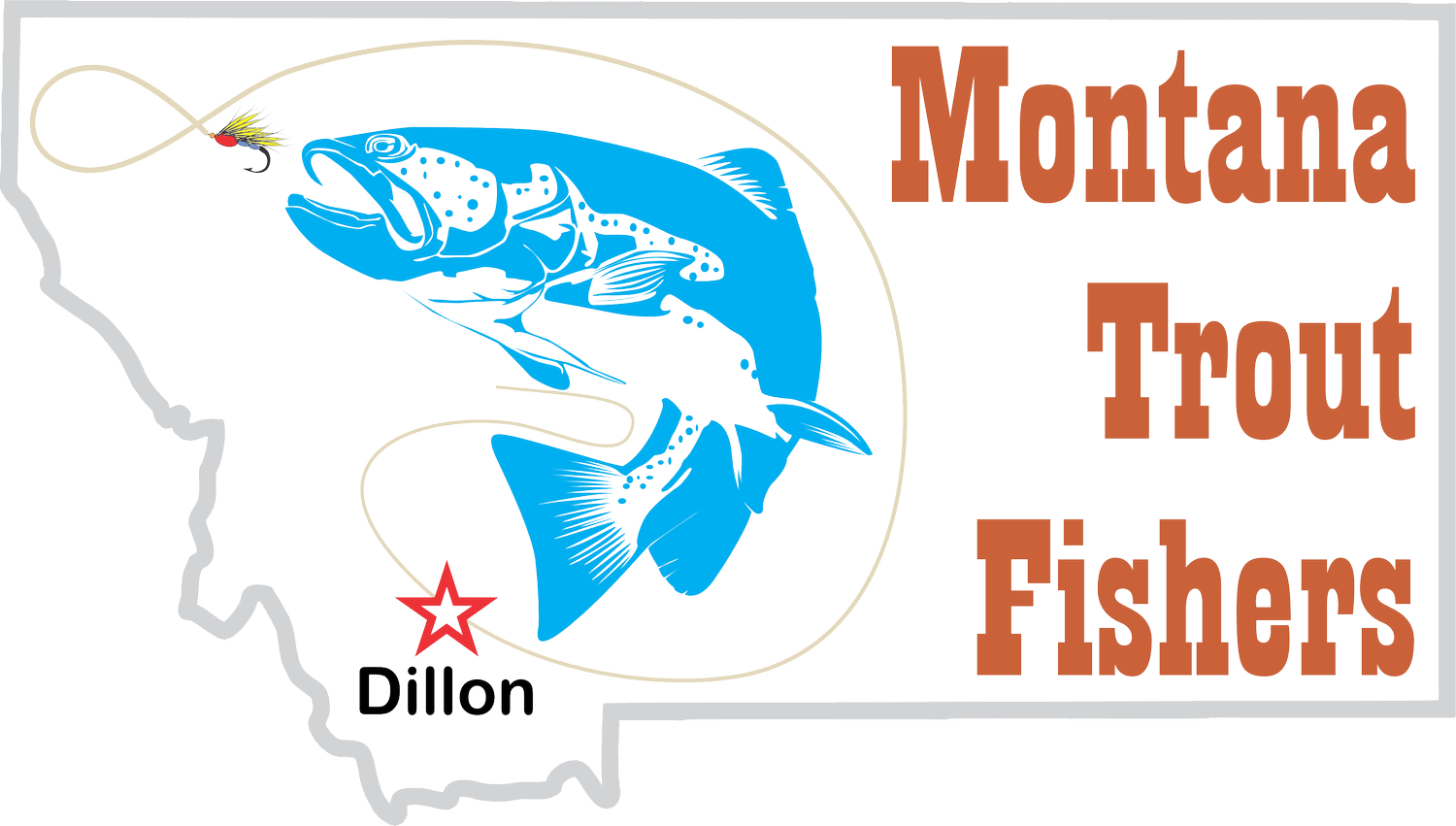Jefferson River
The Jefferson River begins in Twin Bridges, Montana, where the Beaverhead and Big Hole Rivers come together. Unlike many of Montana’s more famous trout streams, the Jefferson doesn’t boast high fish counts—averaging just 200 to 400 trout per mile. However, these fish tend to concentrate in specific habitats, making for targeted and rewarding fishing. Don’t let the numbers fool you: the Jefferson is home to some of the biggest and most aggressive brown trout we’ve encountered, and its low fishing pressure only adds to the experience. Fall is a particularly spectacular time to fish here, when large browns aggressively chase streamers before the spawn.
Ruby River
The Ruby River features two distinct sections—above and below the Ruby Reservoir. As it flows from the Snowcrest Mountains, the upper section becomes a walk-and-wade angler’s paradise. With meandering turns, meadow-lined banks, and minimal fishing pressure, this stretch offers a prime opportunity for presenting dry flies to eager trout. Fish in this section vary widely in size, with 16–20 inch trout always a possibility.
Below the Ruby Dam, the river transforms into a productive tailwater. Here, larger fish are often caught using nymphing techniques. This section is a favorite among walk-and-wade anglers, with only a few boats launching each day, maintaining a peaceful and uncrowded experience.
Clark Canyon Reservoir
Situated just above the world-famous Beaverhead River lies Clark Canyon Reservoir. On calm days, this stillwater fishery can produce impressive brown and rainbow trout feeding on leech and midge patterns. It’s an excellent option for late summer, the water remains cold and the trout are fat and strong after a season of steady feeding.



